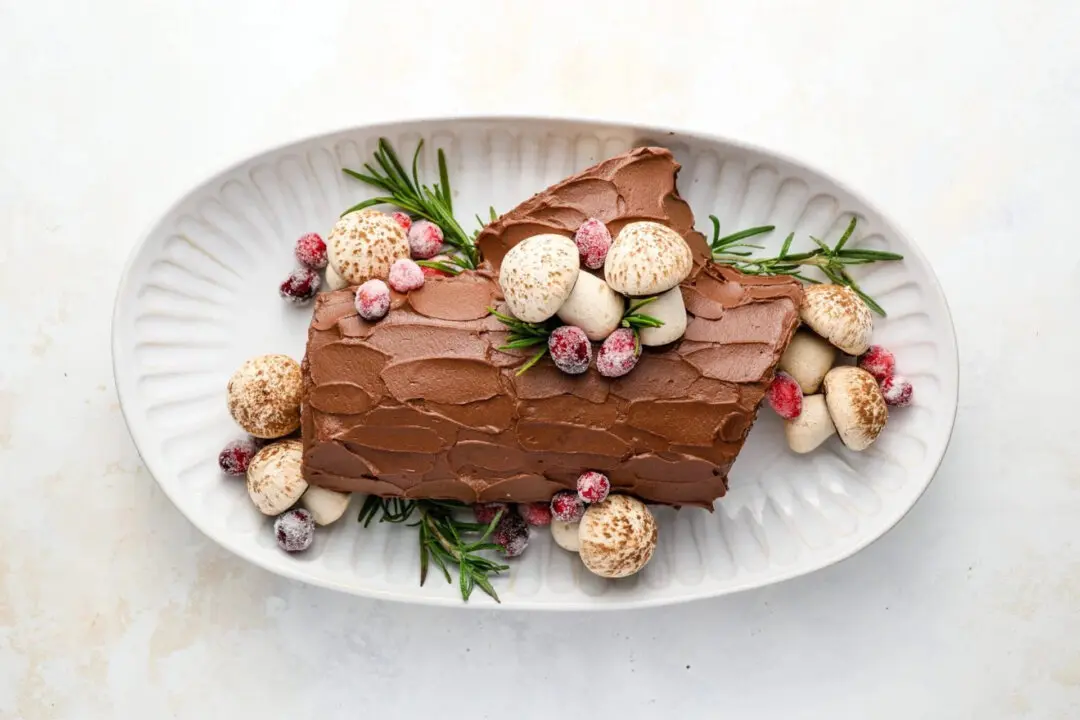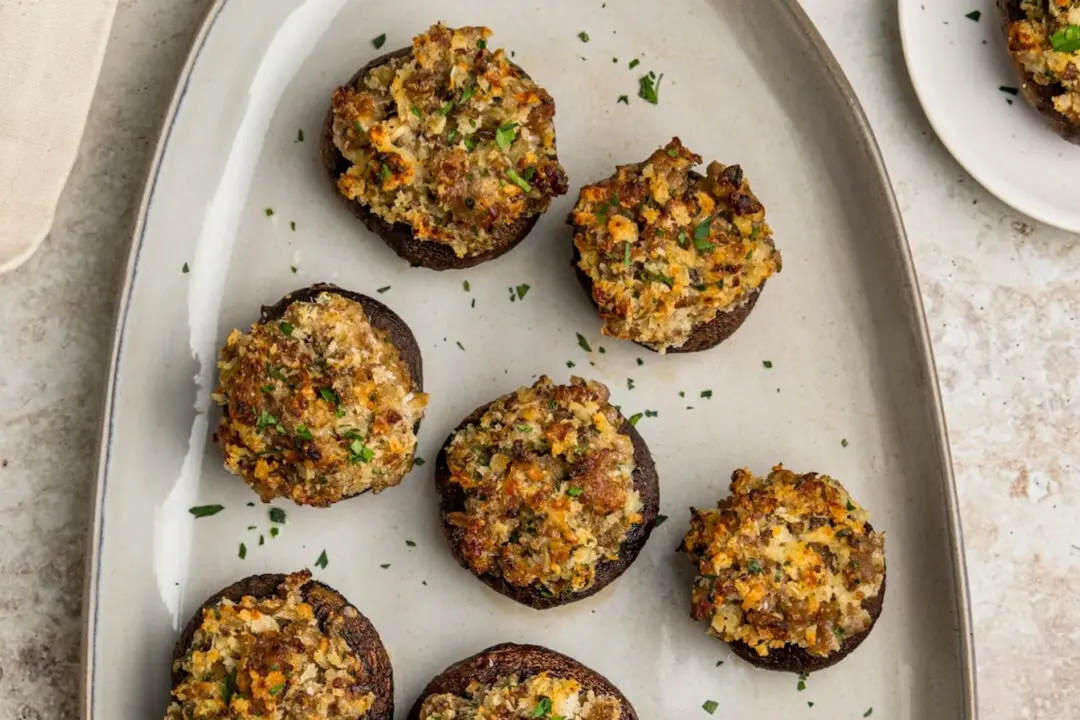View the print ready version of this recipe.
If you’ve ever been to a Brazilian steakhouse, or churrascaria, you’ve probably tried pão de queijo—those irresistible little cheese breads with a crispy exterior and gooey, chewy center. Their unique texture comes from tapioca flour, which is made from the cassava root and is naturally gluten-free.





